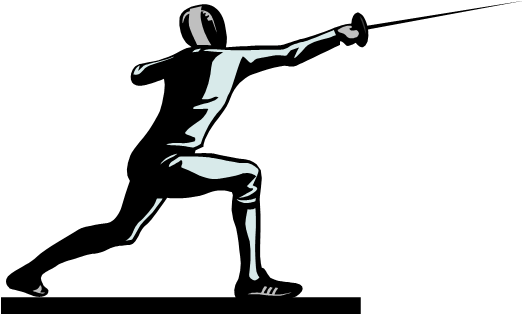 We started this journey a couple of months ago. The goal has been to describe how to develop and deploy a new competitive intelligence function for your company. You might recall how the early articles tiptoed around the issues and people sensitivities to the new function. Later, I was more specific about tasks such as budgets, branding and assertively expanding the function. Boldness became the order of the day.
We started this journey a couple of months ago. The goal has been to describe how to develop and deploy a new competitive intelligence function for your company. You might recall how the early articles tiptoed around the issues and people sensitivities to the new function. Later, I was more specific about tasks such as budgets, branding and assertively expanding the function. Boldness became the order of the day.
We talked about how many people will not understand what you are trying to accomplish. Some that do understand what you are attempting will be nervous and suspicious about your aims. Are you trying to supplant their role? Is your goal to implicitly criticize their performance? Why should they help you with their special knowledge? And, what is it about competitive intelligence that will help them?
All along the way we have discussed practical tips for the development and deployment. More than that, I have tried to illuminate people issues that are important with the thesis that these issues are the most intractable if not dealt with properly. All of the other issues of analysis techniques, infrastructure design, acquisition of tools and budget are simpler (though not trivial) issues if the people ones are aligned well.
And now we come to the final step.
The final step is to spread the word about competitive intelligence.
Read the rest of this entry


 From “Everything You Know is Wrong” by The Firesign Theatre (1974) – Comedy Group
From “Everything You Know is Wrong” by The Firesign Theatre (1974) – Comedy Group One of my favorite assignments has been to visit my alma mater and recruit graduating students. It’s been fun to sit across from them as they start their careers and give them a sense of what is possible in the corporate world. They are eager, bright and full of potential. Who knows what they will accomplish as they follow their passions and develop their skills?
One of my favorite assignments has been to visit my alma mater and recruit graduating students. It’s been fun to sit across from them as they start their careers and give them a sense of what is possible in the corporate world. They are eager, bright and full of potential. Who knows what they will accomplish as they follow their passions and develop their skills?